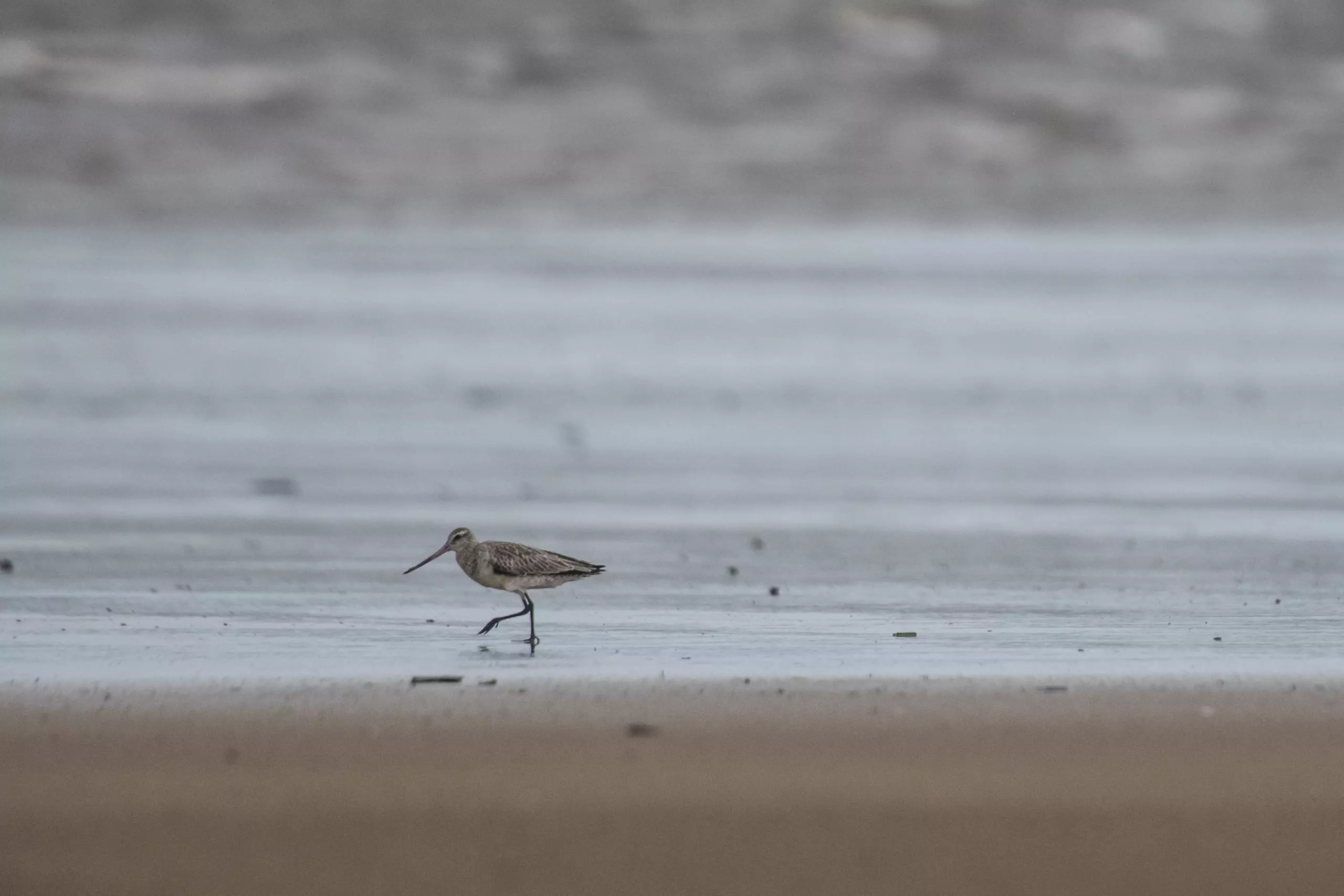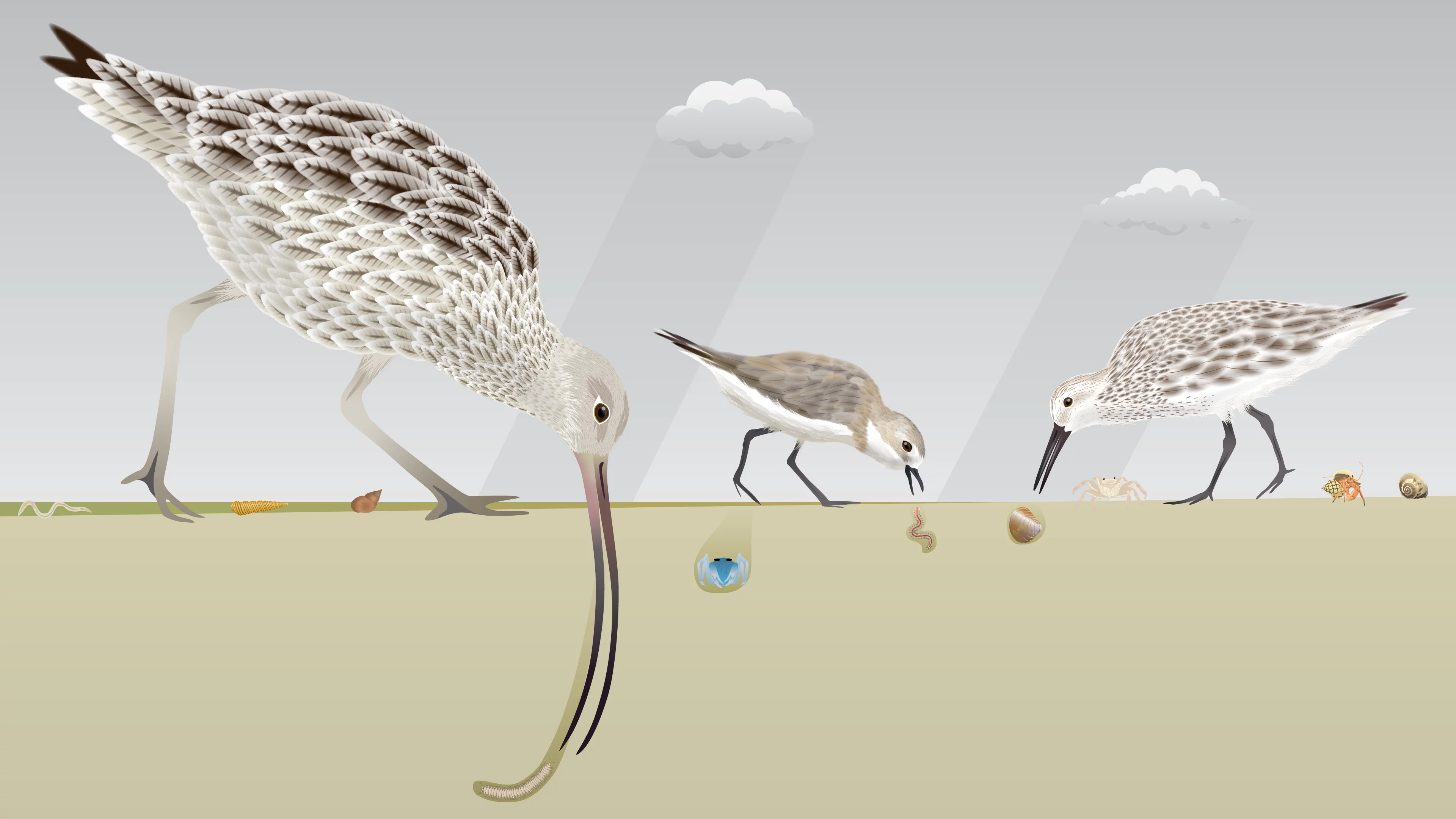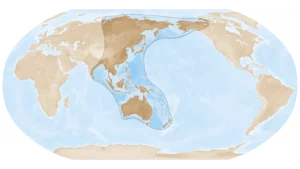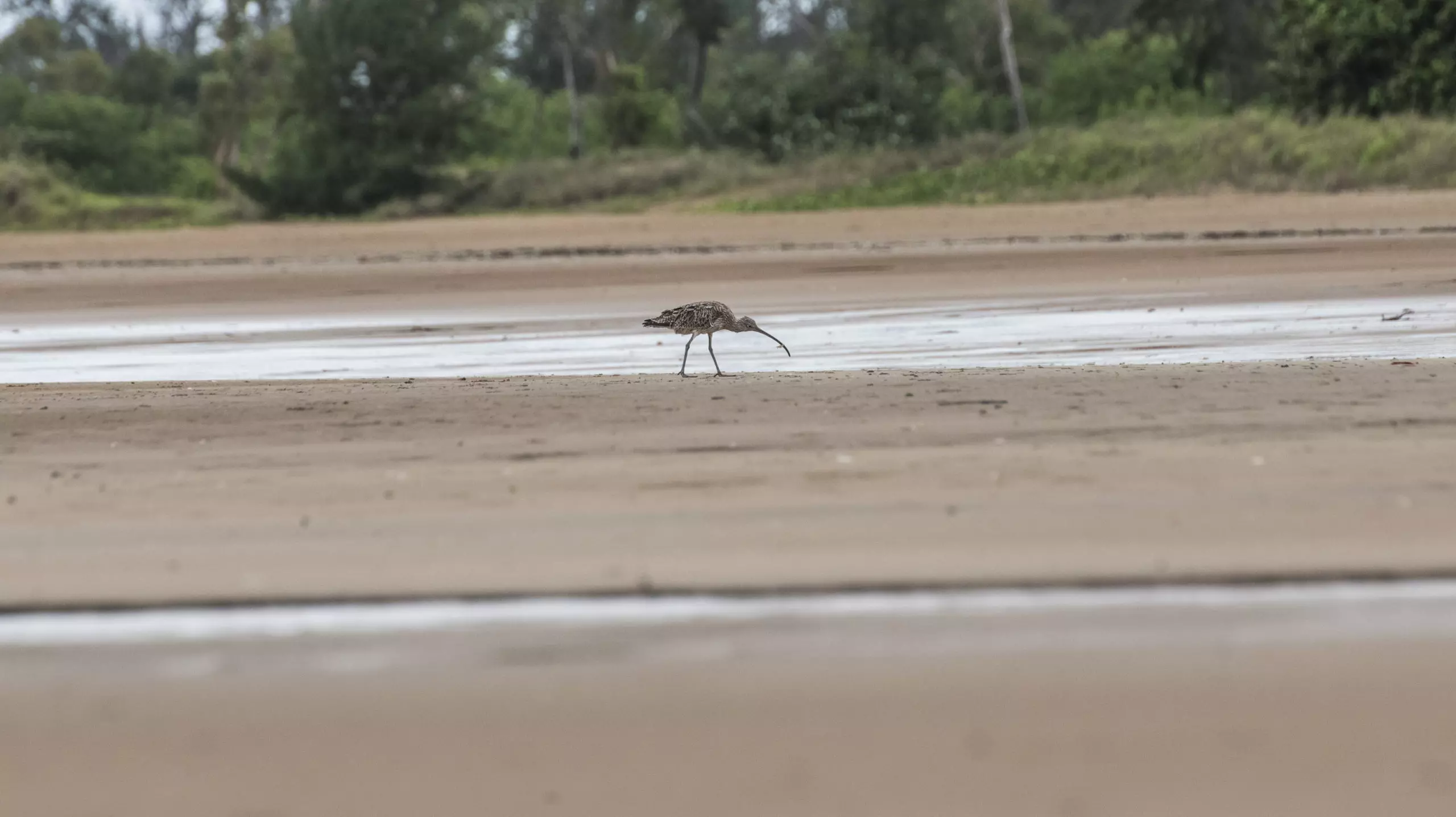17 March 2021
Feeding and fattening up
River flows in the Gulf of Carpentaria are critical for ensuring that food is available for migratory shorebirds on their way into and out of Australia.
Professor Michele Burford leads collaborative research between Griffith University, the Carpentaria Land Council Aboriginal Corporation and the Queensland Wader Study Group that is investigating the links between river flows and food for shorebirds.

Migratory shorebirds migrate from as far away as Alaska and Siberia to Australia every year.
Hub research focussed on the nutrients that come downstream with seasonal floods to understand the risks associated with altering future flows. Experiments showed that these nutrients are critical for fuelling algal production of estuarine mudflats and sandflats – production that nourishes the worms, crabs and bivalves that shorebirds feed on to fatten up around their long migrations to and from the Arctic every year.

Nutrients brought downstream in flood flows fuel algal growth on the Gulf’s mudflats and sandflats, which in turn feeds the worms, crabs and bivalves that sustain the shorebirds on their long migrations.
The first ground surveys of the Mitchell and the Gilbert rivers found that shorebird numbers were so high that these sites are either internationally and nationally significant for birds of the East Asian–Australasian Flyway, including the critically endangered Eastern Curlew.
This collaborative research was designed to improve understanding of how shorebirds use the Queensland coast. The importance of Gulf flood flows in maintaining productive mudflats and sandflats is providing key knowledge to Queensland Government departments – informing how shorebird sites are managed and ensuring that these vital staging and fuelling areas are maintained for migratory shorebirds into the future.

The East Asian–Australasian Flyway spans from Russia and Alaska in the northern hemisphere, to Australia and New Zealand in the south. Millions of migratory shorebirds make the trek from north to south and back again each year.

Want to know more about the Resilient Landscapes Hub's activities and our research into practical solutions to environmental problems? Stay informed about activities, research, publications, events and more through the Hub newsletter.